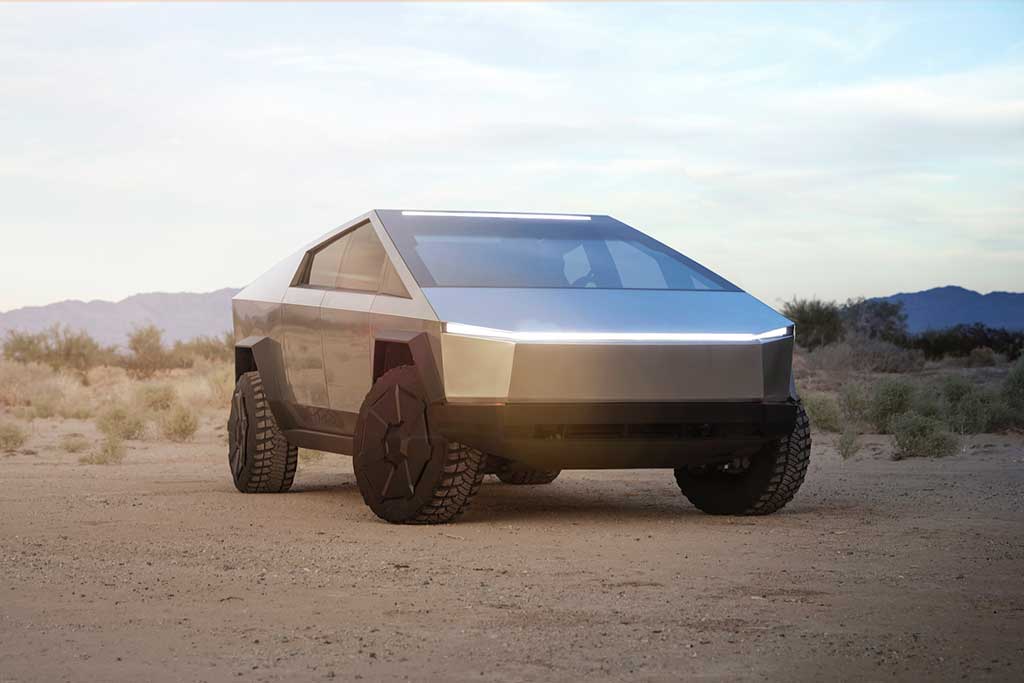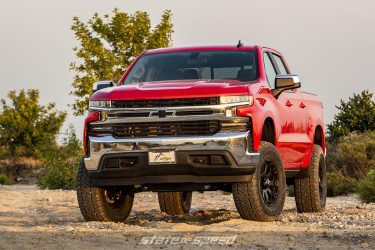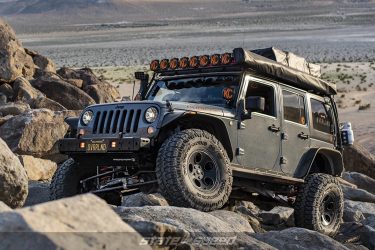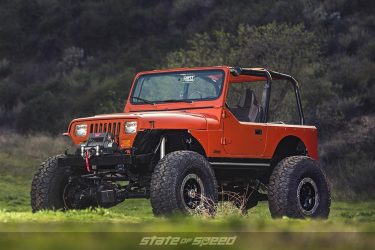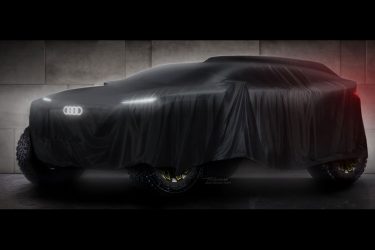Will the Tesla Cybertruck Keep Up Off-Road?
Elon Musk created a stir when he announced the launch of his latest vehicle; the Tesla Cybertruck. The fully electric powered vehicle has a bed out back, and can be had with up to three motors on an all-wheel drive platform. Its unique shape comes from the physical limitations encountered while forming the body panels. The 1/8th inch thick 30X Cold-Rolled stainless-steel structural skin cannot be stamped like conventional car bodies; only bent in straight lines.
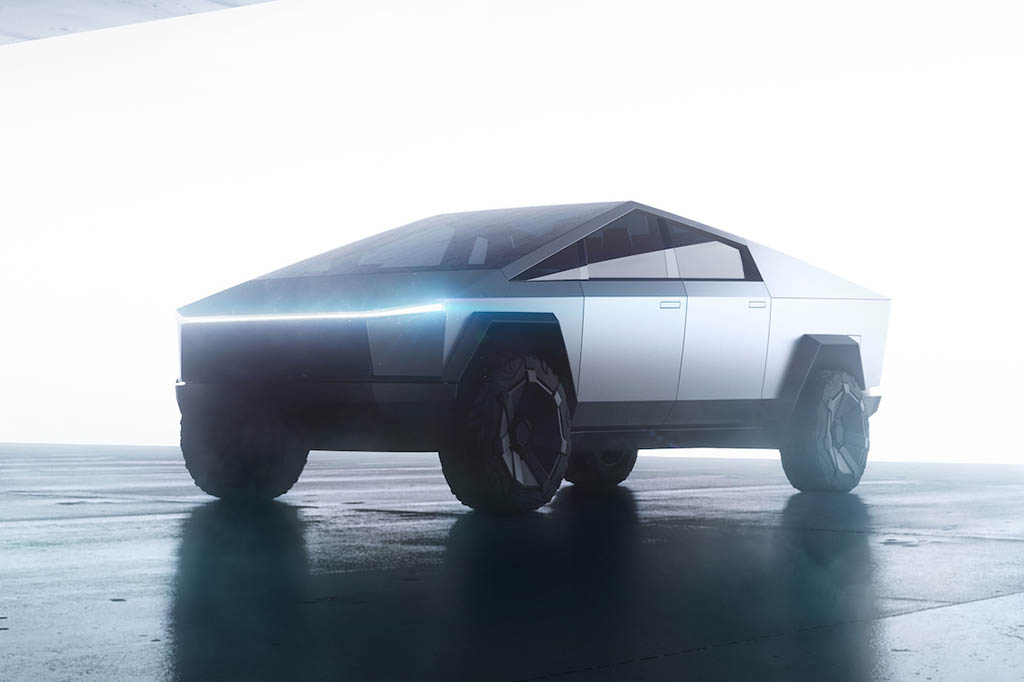
The Tesla truck concept has some definite potential for off road travel. The electric motors create incredible torque, and smooth power delivery to the wheels. The towing capacity is as high as 14 thousand pounds, and it has a range of 500 miles on the triple motored configuration. The location of the batteries, low in the chassis, keeps the center of gravity down where you want it when on side hills, or steep inclines. The water fording capabilities could be astounding. With the ability to deliver enough electric power to run tools, it would be an incredible asset to search, and rescue operations, and for remote building sites. The question is if it’s a capable off roader, or a scissor lift with a sexy body on it? The vehicle weight is estimated by some to be around 10 thousand pounds. With an advertised ground clearance of 16 inches, it looks to be capable of going off road, but it seems more suited for the overflow lot at the golf course than racing in the Baja 1000 as touted.
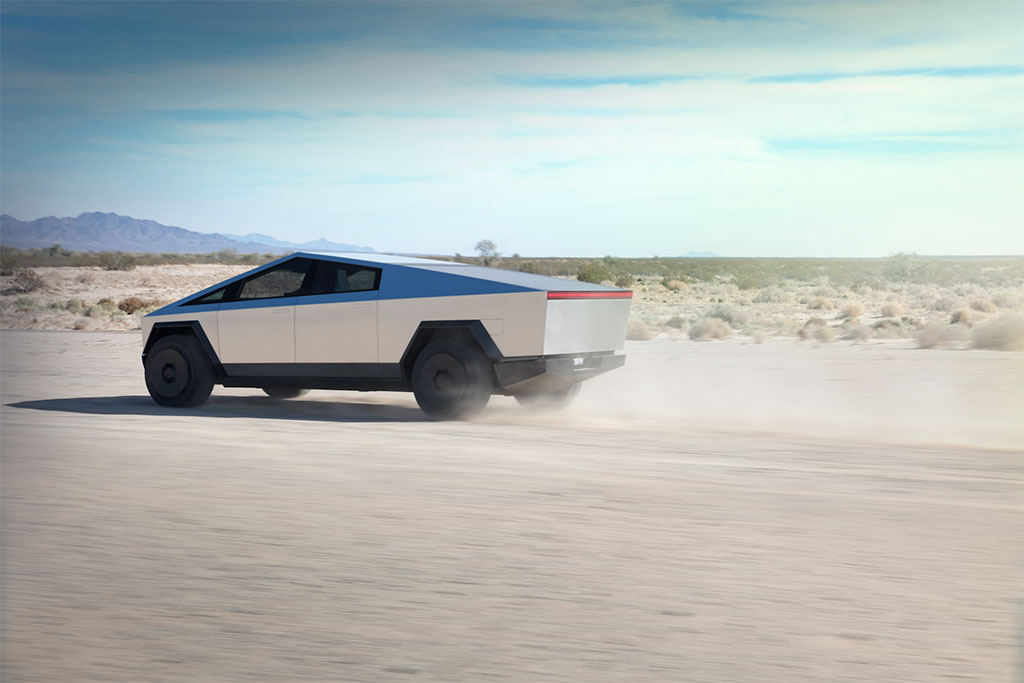
It would be amazing if the engineers at Tesla could do some Nye Frank, outer space, no holds barred type of breakthrough design work on the Cybertruck, and to be fair, maybe that’s in the works. At first glance though, it looks just like your typical soccer Mom SUV.\
…it seems more suited for the overflow lot at the golf course than racing in the Baja 1000 as touted.
The flat bottom of the Cybertruck is perfect for rock crawling, how about a more off road capable option with portal axles, and larger tires? The instant torque would require beefy components, but just think of the slow crawl speeds it could maintain. I wouldn’t worry about the break over angle with the long wheel base as much with such a flat belly pan underneath.
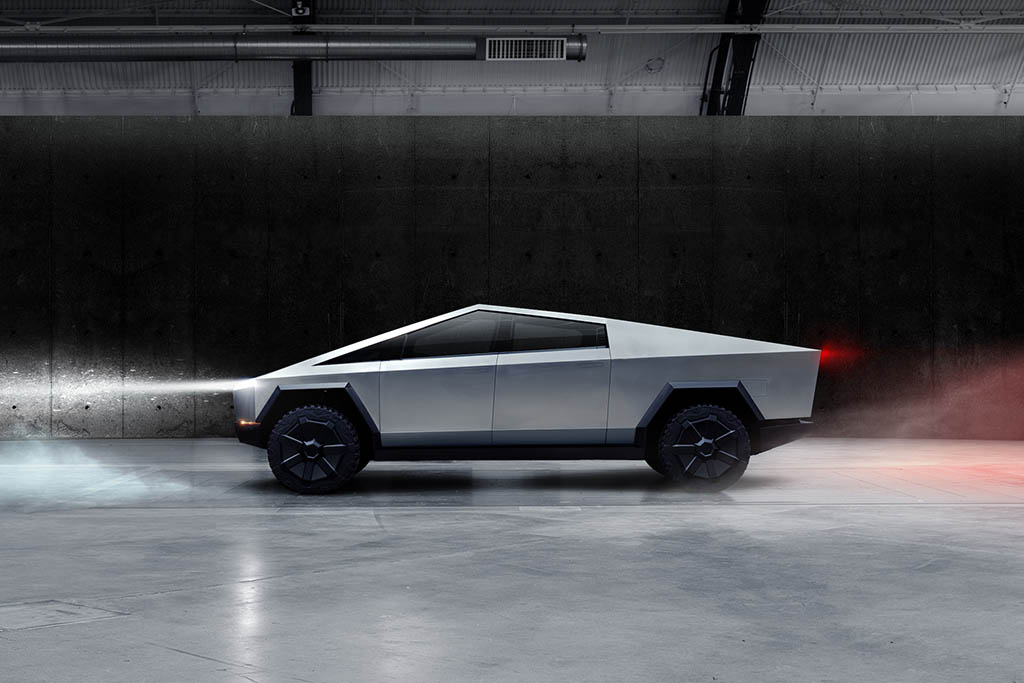
Regenerative braking already exists; how about regenerative suspension cycling? If they are racing it in the Baja 1000, the San Felipe section alone should be more than capable of topping off the batteries with power to spare. The air ride suspension sounds interesting, but one drawback to air is that it expands when it gets hot. Air shocks become pogo sticks when subjected to rough terrain at speed; is the same true for the air ride suspension on the Cybertruck?
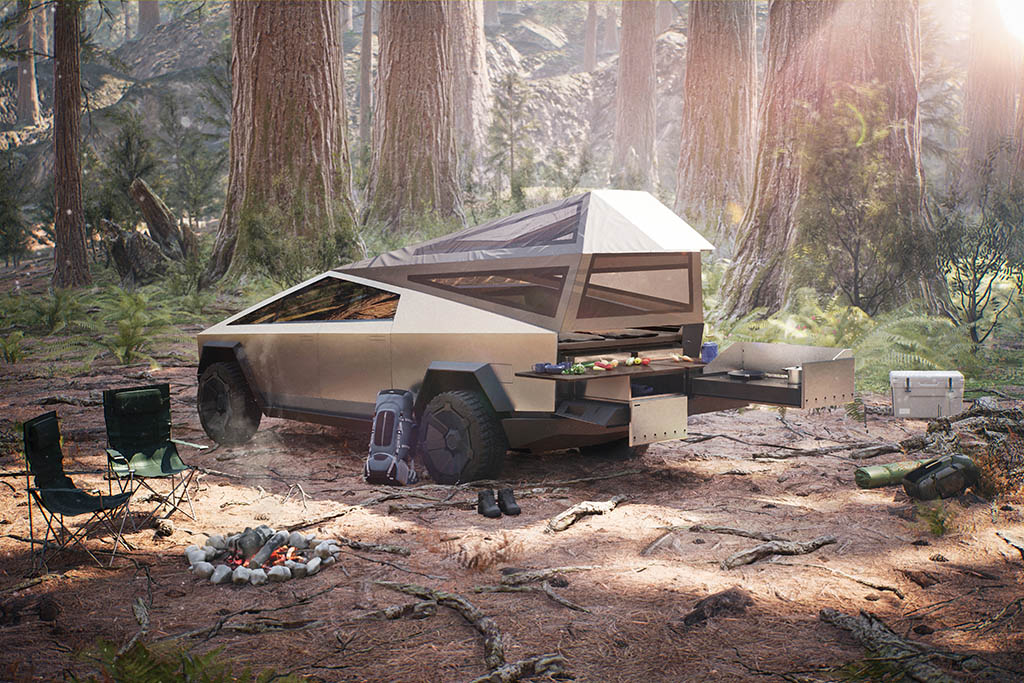
A PTO option seems simple to incorporate into one of the electric motors so that winching would be possible. You have to consider a recovery at some point, and with the estimated weight, you would need a crane to get it out if you ran into trouble. That brings up another shortcoming, the lack of recovery points, and the inability to mount much of anything to the truck.
The question is if [the Cybertruck is] a capable off roader, or a scissor lift with a sexy body on it?
Where is the spare tire, or tires? The LED lights in the front look sleek, but how effective would they be once you got off the pavement? Here’s an idea, why not have some strategically placed nutserts on the body so that modular components could be fitted like lights, cargo racks, or additional gear? We saw the awkward introduction to the unbreakable, breakable windows; do they roll down? What do you do at the drive through?
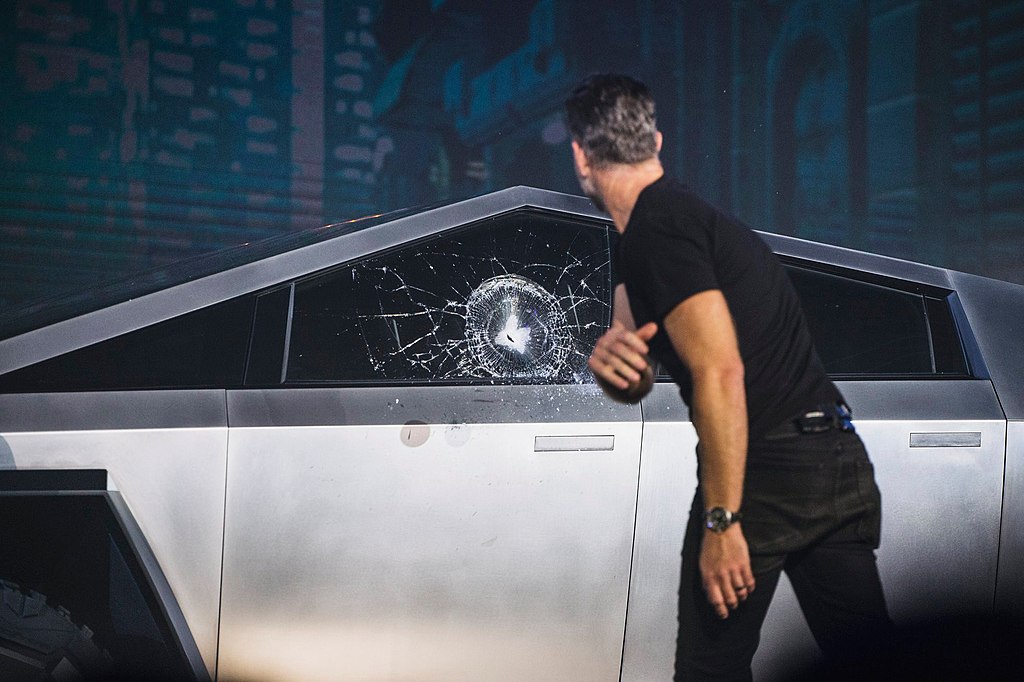
It’s easy to be critical of a new design; especially a concept like the Cybertruck, but I would think that the same man that is able to put rockets into space could build something that pushes the envelope, and takes more advantage of existing off road technology. Let’s hope they continue to refine the design into something truly innovative.
